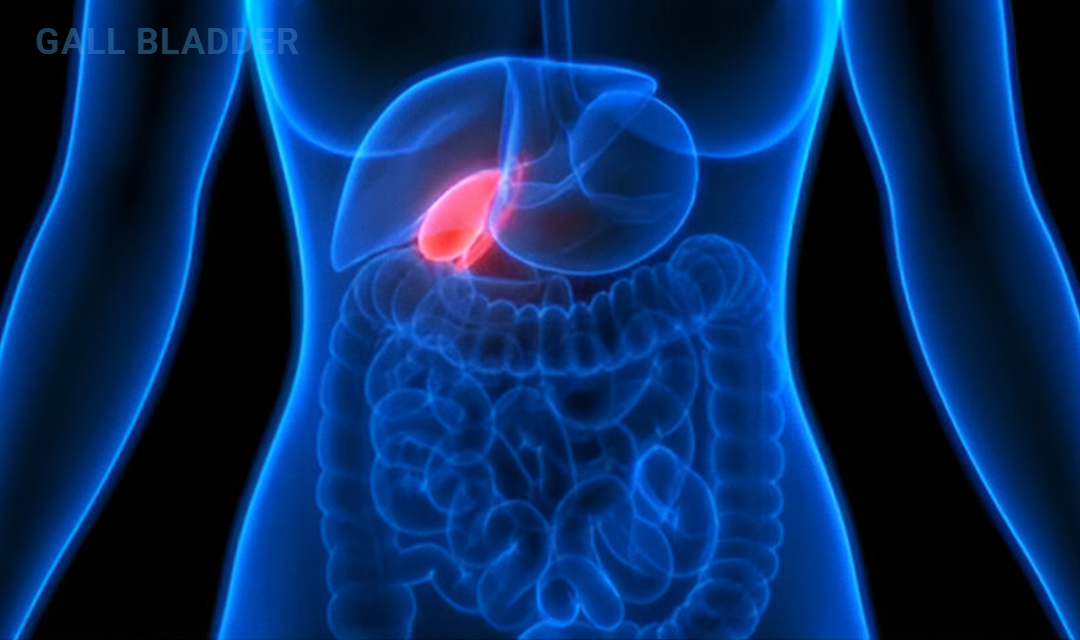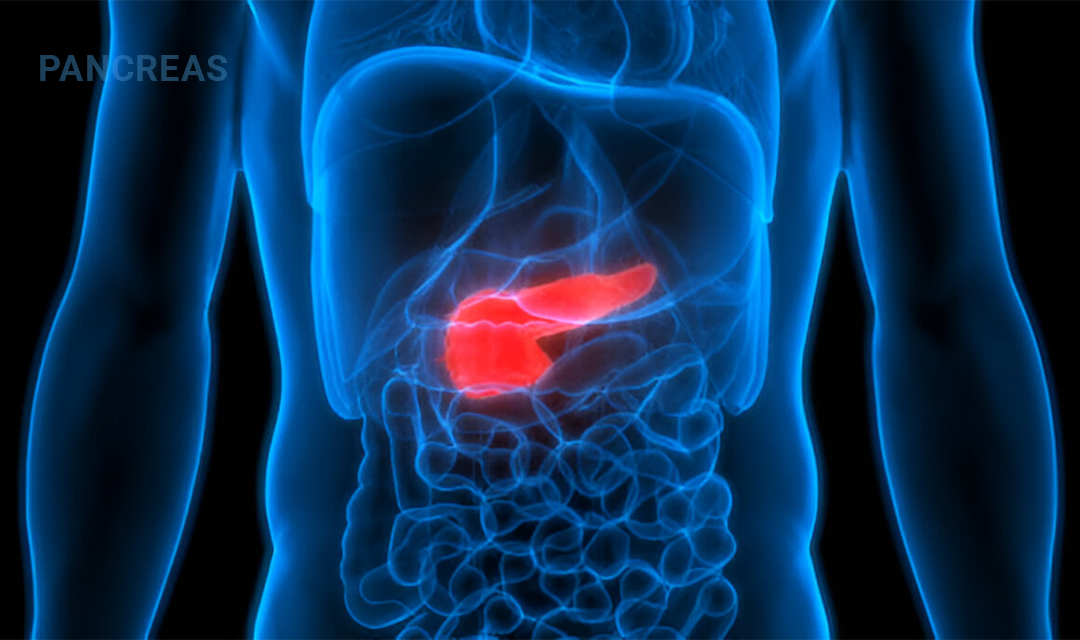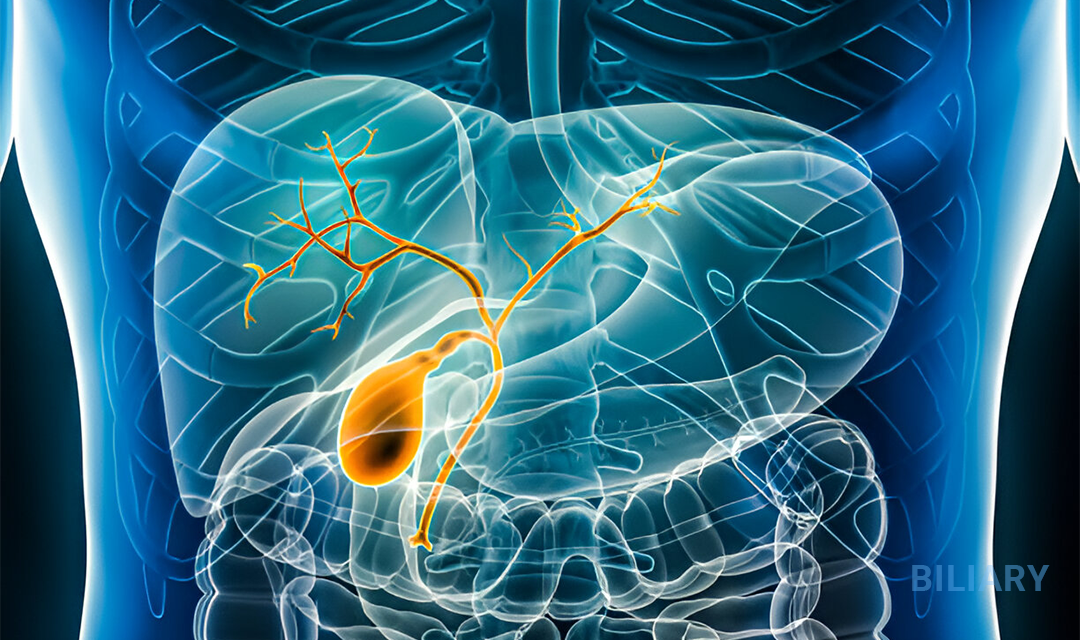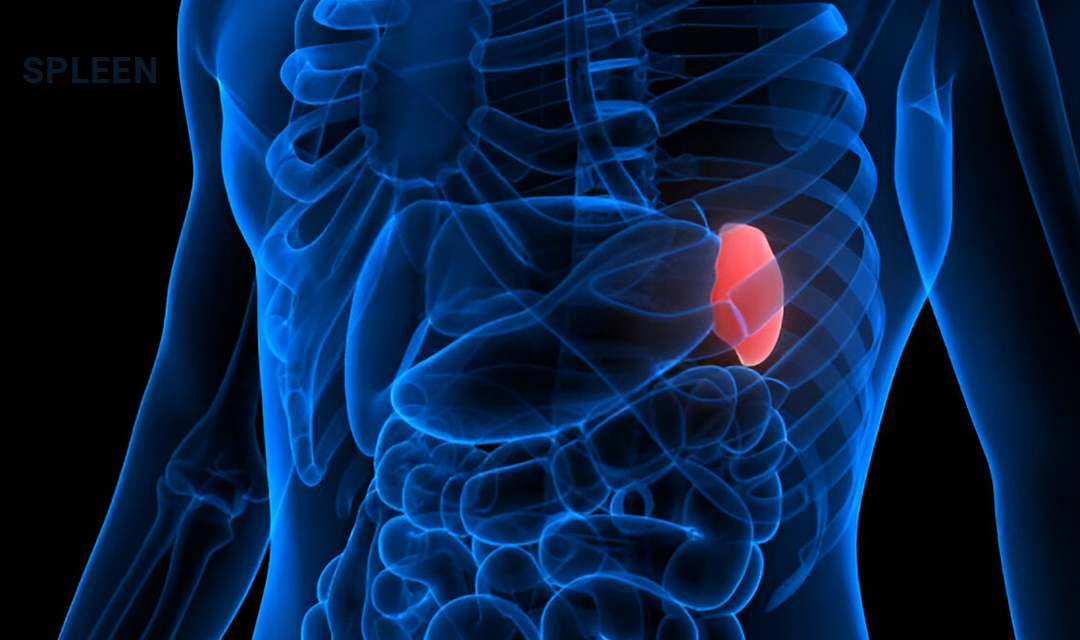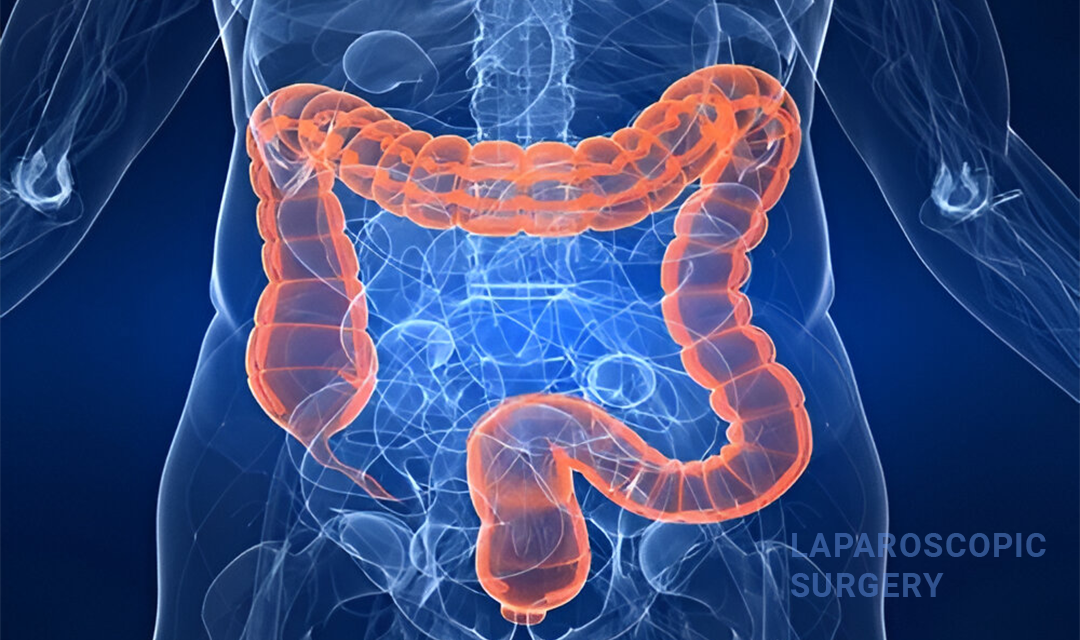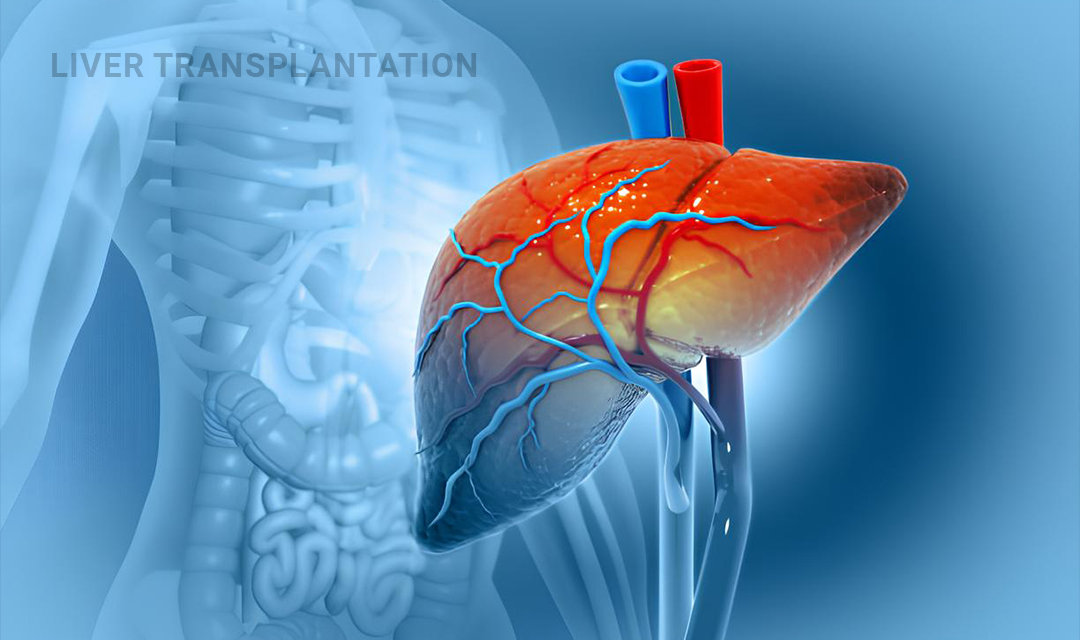
Rectum & Anal Canal Treatment in Guntur - Dr. Varun
Anatomy and Function
-
Rectum:
- Definition: The rectum is the final portion of the large intestine, extending from the sigmoid colon to the anal canal.
- Anatomy: About 4 to 6 inches (10 to 15 cm) long, with a relatively straight path. Lined with a mucous membrane and has several folds to aid in storing and expelling feces.
- Function: Stores feces before they are expelled. Detects rectal fullness and signals the urge to defecate.
-
Anal Canal:
- Definition: The anal canal is the last part of the digestive tract, connecting the rectum to the outside of the body through the anus.
- Anatomy: About 1 to 1.5 inches (2.5 to 4 cm) long. Contains two important sphincters:
- Internal Anal Sphincter: Involuntary, controlled by the autonomic nervous system, helps maintain continence.
- External Anal Sphincter: Voluntary, controlled by the somatic nervous system, allows conscious control over bowel movements.
- Function: Controls the release of feces. The sphincters help retain feces until the person is ready to defecate.
-
How They Work:
- Fecal Storage: The rectum stretches as feces enter, sending signals to the brain indicating the need to defecate, which triggers the urge to go to the bathroom.
- Fecal Expulsion: During defecation, the internal anal sphincter relaxes automatically, and the external anal sphincter is consciously controlled to allow the passage of feces. Contractions of the rectal muscles help expel the feces through the anal canal.
Causes of Problems
-
Rectum:
- Hemorrhoids: Swollen veins in the rectum or anus causing pain, itching, and bleeding.
- Rectal Prolapse: When the rectum protrudes through the anus due to weakened pelvic support.
- Rectal Cancer: Malignant tumors in the rectum, with symptoms such as bleeding, pain, and changes in bowel habits.
- Proctitis: Inflammation of the rectum caused by infections, inflammatory bowel disease, or radiation therapy.
-
Anal Canal:
- Anal Fissures: Small tears in the lining of the anal canal, often caused by passing hard stools or chronic diarrhea, leading to pain and bleeding.
- Anal Abscesses: Infected cavities near the anus causing pain, swelling, and fever.
- Anal Fistulas: Abnormal connections between the anal canal and surrounding tissue, often resulting from an anal abscess.
- Anal Cancer: Cancer in the anal canal causing bleeding, pain, and changes in bowel habits.
- Incontinence: Difficulty controlling bowel movements, potentially resulting from sphincter damage or other underlying conditions.

“Dr. Varun offers expert care in rectum and anal canal treatment, providing advanced solutions and relief for patients with complex gastrointestinal conditions in Guntur.”
Treatment Options
-
Rectum:
- Hemorrhoids: Treatment options include dietary changes (high fiber), topical treatments, sitz baths, and in severe cases, procedures like hemorrhoidectomy or rubber band ligation.
- Rectal Prolapse: Often requires surgical correction to reposition and secure the rectum.
- Rectal Cancer: Treatment typically involves surgery, chemotherapy, and/or radiation therapy, depending on the cancer stage and type.
- Proctitis: Treatment depends on the cause and may include antibiotics, anti-inflammatory medications, or treatments for inflammatory bowel disease.
-
Anal Canal:
- Anal Fissures: Often treated with increased fiber intake, topical anesthetics, and sometimes surgical interventions if conservative measures fail.
- Anal Abscesses and Fistulas: Usually require surgical drainage and repair. Fistulas may need more complex surgical procedures.
- Anal Cancer: Managed with a combination of surgery, radiation therapy, and chemotherapy, depending on the stage and location of the cancer.
- Incontinence: Treatment may include dietary changes, pelvic floor exercises, medications, and sometimes surgical options like sphincter repair or implantable devices.
Frequently Asked Questions (FAQs)
- Hemorrhoids: Swollen veins in the rectal area, causing pain, itching, and bleeding.
- Rectal Prolapse: Protrusion of the rectum through the anus.
- Rectal Cancer: Cancerous growths in the rectum, leading to symptoms like bleeding, pain, and changes in bowel habits.
- Proctitis: Inflammation of the rectum, often due to infections or inflammatory conditions.
- Anal Fissures: Small tears in the lining of the anal canal, causing pain and bleeding during bowel movements.
- Anal Abscesses: Infected cavities near the anus that can cause pain, swelling, and fever.
- Anal Fistulas: Abnormal connections between the anal canal and surrounding tissue, often resulting from an abscess.
- Anal Cancer: Cancer in the anal canal, presenting with symptoms like bleeding, pain, and changes in bowel habits.
- Incontinence: Difficulty controlling bowel movements, which can result from sphincter damage or other conditions.
- Digital Rectal Exam (DRE): A physical exam where a doctor feels the rectum for abnormalities.
- Anoscopy: Examination of the anal canal with a small, flexible scope.
- Colonoscopy: A procedure to view the rectum and colon with a long, flexible scope.
- Imaging Studies: CT scans, MRIs, or ultrasounds may be used to assess structural issues.
- Biopsy: Sometimes necessary to confirm cancer or other conditions.
- Dietary Changes: Increasing fiber intake to ease bowel movements.
- Topical Treatments: Creams or ointments to relieve pain and itching.
- Sitz Baths: Warm baths to soothe the area.
- Medical Procedures: Rubber band ligation, sclerotherapy, or hemorrhoidectomy for more severe cases.
A Patient’s Experience

“Dr. Varun’s expertise in rectum and anal canal treatment has been transformative. His advanced techniques and compassionate care have greatly improved my health.”
- Ravi Kumar
- Satisfied Patient

“I am immensely grateful to Dr. Varun for his exceptional care in treating my rectal condition. His thorough approach and dedication have enhanced my quality of life.”
- Meera Reddy
- Thankful Patient


